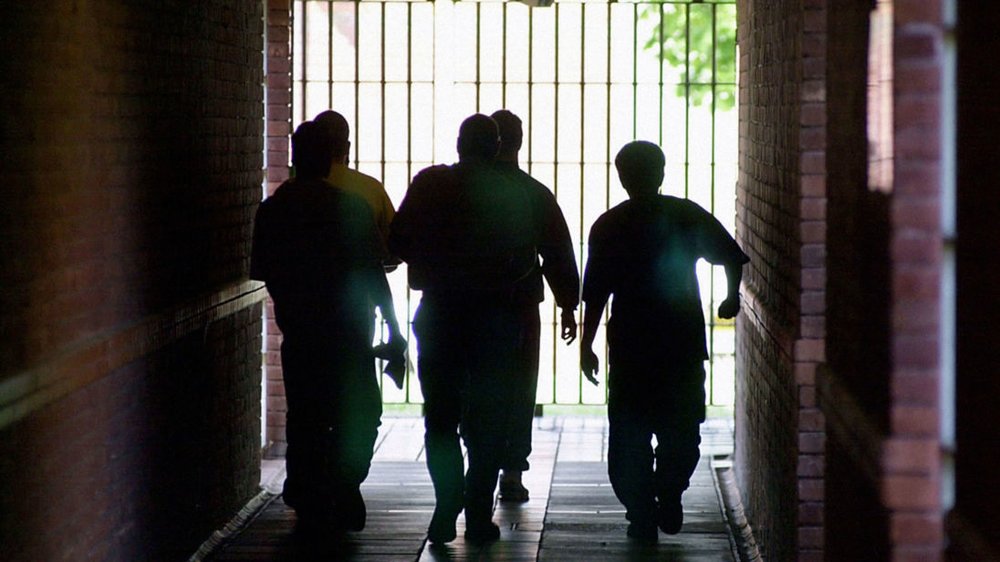A recent research showed that almost 60% of the criminals have suffered from a head injury at some point during their imprisonment which could be exacerbating their problem with violence and crime.
60% of Inmates Suffer from Head Injuries

Researchers speculate that youngsters who suffer from brain injuries are more likely to commit crimes in the future in comparison to their non-injured counterparts
The research was jointly conducted by experts from different universities including Oxford, Glasgow, Manchester, Sheffield as well as mental health centers in which an appeal was made to the lawmakers to conduct routine checks in prisons around the country for any signs of head traumas or brain injuries sustained by the inmates.
The detailed review featured in the Lancet Psychiatry warned that assaults and head traumas due to falls or accidents can alter the neural structure inside the brain and lead to an increased risk of criminal offending.
Statistics from Headway charity show that only 1 in 200 people living in civilized communities have reported serious head injuries due to accidents or fights. On the other hand, 60 per cent of the criminals who spend a prolonged period of time behind bars report head traumas due to frequent brawls. The study concluded that preventing assaults in prison which lead to neural damage can be crucial for preventing future criminal offences.
Schools should also take proactive measures to prevent bullying among students and aggressive sports which could result in physical injuries – especially head traumas.
Head Injuries Alter Brain Functioning
Huw Williams, the author of the study, says that addressing head traumas and injuries in prisoners as well as youngsters won’t just help them live healthier lives, but it may also lower the crime rate in the country. Williams suggests a number of measures that can be adopted by ER departments, mental health centers, general practitioners, as well as school administration to prevent crime after head injuries.

Researchers say that people who sustain head injuries early on in their lives grow up with poor mental health and an increased risk of criminal offending.
He says that forming neurorehabilitation centers as well as establishing better links between learning institutions and hospitals can help identify injuries promptly. Neural damage due to brain injuries can often lead to lack of impulse control and self-regulation which are the first signs of anti-social behavioral tendencies.
The link between head injuries and violent crimes has been proven since the Vietnam War where soldiers who sustained head injuries – especially close to the forehead which contains part of the brain responsible for decision-making and emotional planning – became more hostile. A similar trend can be seen in some of the most notorious criminals in the history of Britain including Ronnie Kray and Fred West, both of whom had suffered from brain injuries prior to committing crimes.
Criminal Offending Due to Head Traumas or Something Else?
Forensic Psychiatrist Seena Fazel says that the consequences of the head injuries greatly depend on the exact location of the trauma. People who sustain injuries in the frontal region of the brain undergo more aggressive behavioral changes. One of the most serious consequences of head traumas is the attention-deficit hyperactivity disorder (ADHD) which can fuel criminal behavior. Studies have shows that providing treatment for ADHD can help the patients with their aggressive behavior and reduce compulsive decision-making.
The recent review combines all the past literature on inmates to conclude that almost 10 to 20 per cent of the criminals have complicated head traumas whereas 30 to 40 per cent have suffered from mild brain injuries at some point in their lives. Moreover, these adult offenders have a long history of other emotional and physical traumas that are not linked to brain damage, but are definitely noteworthy.
Identifying cognitive and emotional complications from head injuries early on in life can lead to better preventive measures which can reduce their risk of committing crimes. However, the significance of the recent findings is questionable and experts are arguing that the criminal behavior in offenders is more likely to occur due to their background and upbringing rather than head injuries.










